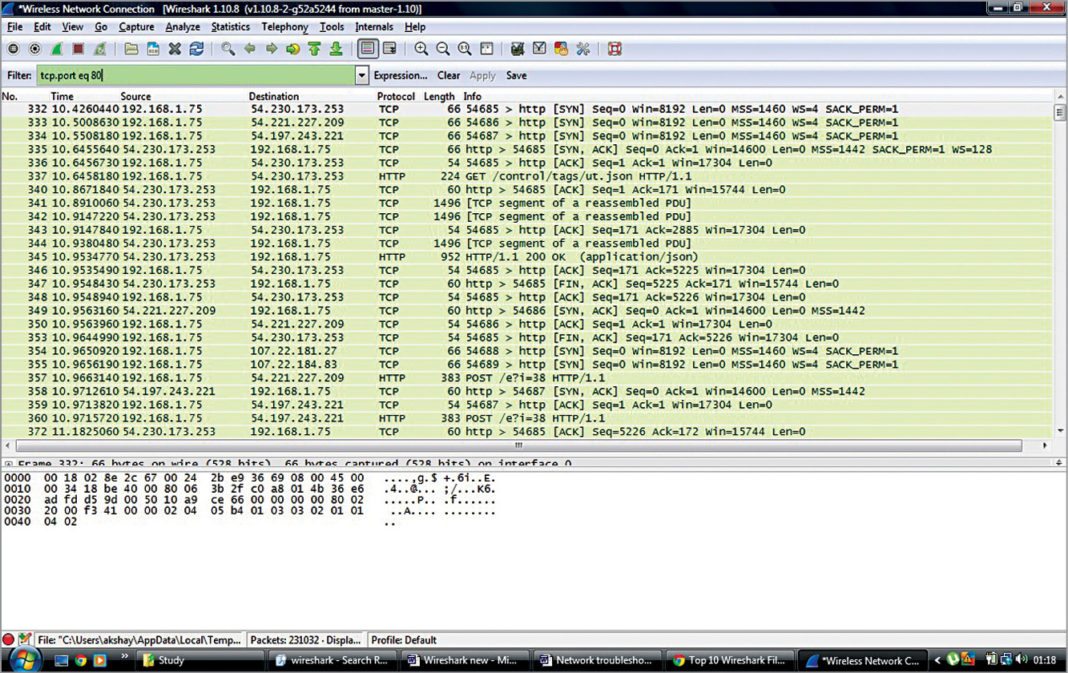
To check if promiscuous mode is enabled, click Capture > Options and verify the “Enable promiscuous mode on all interfaces” checkbox is activated at the bottom of this window. If you have promiscuous mode enabled-it’s enabled by default-you’ll also see all the other packets on the network instead of only packets addressed to your network adapter. Wireshark captures each packet sent to or from your system. The display filter syntax to filter out addresses between 192.168.1.1 192.168.1.255 would be ip.addr192.168.1.0/24 and if you are comfortable with IP subnetting, you can alter the /24 to change the range. You can configure advanced features by clicking Capture > Options, but this isn’t necessary for now.Īs soon as you click the interface’s name, you’ll see the packets start to appear in real time. However, if the addresses are contiguous or in the same subnet, you might be able to get away with a subnet filter.

For example, if you want to capture traffic on your wireless network, click your wireless interface. Capturing PacketsĪfter downloading and installing Wireshark, you can launch it and double-click the name of a network interface under Capture to start capturing packets on that interface. What works: frame.number > 20 & frame.

Don’t use this tool at work unless you have permission. I want to use a display filter to only show a certain range of frames. Just a quick warning: Many organizations don’t allow Wireshark and similar tools on their networks. Open the Conversations dialog (Statistics -> Conversations) select the IPv4 tab and then check the 'Name resolution' box.


 0 kommentar(er)
0 kommentar(er)
